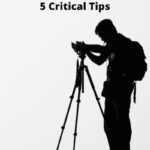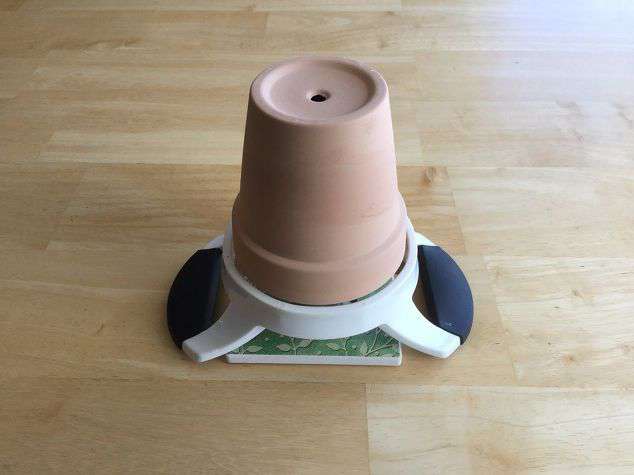How to Take Pro-Quality Photos With These 5 Critical Tips
Have you wondered if it’s better to take photos with your iPhone vs DLSR camera? Here are 5 critical tips to help you take better pro photos.
This post may contain affiliate links, I earn from qualifying purchases at no extra cost to you. Click here for my disclosure policy
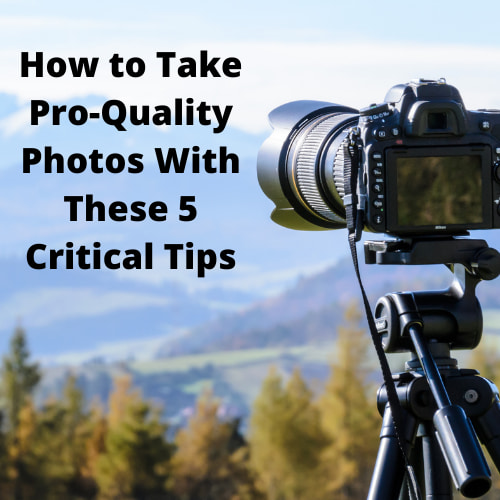
During our everyday lives, we may encounter different things we want to share online. When that happens we tend to grab our phones and try to take nice photos. And yet, compared to the stunning images mobile providers boast on behalf of their devices, the results tend to leave something to be desired. The photos we see on beautiful websites, savvy social media accounts, and the like tend to have a professional look that is not easy to replicate simply by “pointing and clicking.”
There are many books and courses you can pay for that may help you achieve the level of quality you’re looking for. But for the average photography enthusiast, the following tips should suffice.
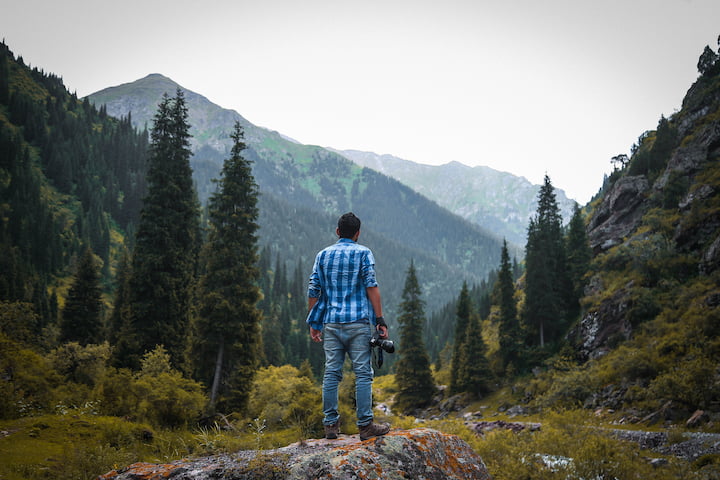
Let’s get started on better photos iphone vs DLSR
Table of Contents
1. Learn the Rule of Thirds
Composition refers to the way the objects photographed are organized in a picture. This is an essential factor, with good composition making it easier for people to find and appreciate the most important elements in the image. And the best way to begin is to learn the Rule of Thirds.
For a moment, imagine that the picture you want to take is divided into thirds by two vertical and two horizontal lines, and place the important elements –– like a building or someone’s –– face on these intersections. This may seem a bit complicated, but it’s a common strategy –– to the point that some cameras come with the option to add a grid overlay that will make the process a lot easier.
2. Understand Three-Point Lighting
People tend to underestimate the importance of lighting when taking pictures. They often believe it’s about making a particular object brighter, which can be done by either using a flash or increasing brightness with an editing program. But poor lighting can actually alter the shape of objectives and people’s faces.
A simple lighting setup called three-point lighting should solve this problem. By placing two lights on the sides of the object or person you will photograph, at 45-degree angles, you create a setup wherein the shadows created by one light will be smoothed out by the other one. If they are close to the background, remember to place a lower light to illuminate the subject’s back also, as this creates a subtle halo that adds contrast.
3. Get a Good Camera Iphone vs DLSR
The first thing you should do, really, is to stop using your phone As advanced as modern mobile devices are, they can’t compare to the capabilities of DSLR digital cameras. The camera shutter alone on these devices, for example, makes it possible to take highly detailed pictures of fast-paced action. In addition, these cameras allow you to use different types of lenses, allowing you to zoom in on a tiny insect, or capture the magnificence of a snowy mountain peak.
Having said that, some photographers also opt for mirrorless cameras, which are valued because they have highly advanced sensors that allow the user to get amazing natural shots, even under low-light conditions. These cameras are also more compact and have long battery life, allowing you to carry them around during long events or trips until the perfect conditions for a shot arise.
4. Use the Proper Lenses
Choosing and learning to use the right lens is one of the processes beginner photographers sometimes find overwhelming. The variety of effects a lens can give to a picture or video, and the complexity of the options available can seem confusing –– but they are definitely worth your time!
Most high-end cameras tend to come with pretty versatile lenses, helping you to take amazing portraits as well as long-distance nature shots like the ones you see in magazines (and desperately want to emulate!). But if you are willing to spend on a higher-end accessory, you will be able to obtain better results in specific areas –– like a beautiful shot of the city, or a wide-angle for your first short film.
5. Learn How to Use an Editing Program
One of the most powerful tools a photographer can use is a good editing program. Most people think of editing as a separate discipline, but in reality, it has become a necessary tool helping even professional photographers to perform some basic actions like color correction, cropping, and removing undesired elements.
It’s also fairly easy to learn to edit! Basic photo editing tips for a phone can help you to take your digital photos and augment and improve them as you like; countless YouTube tutorials can teach you how to achieve specific goals that will help your photos look more professional in distinct ways. Really, you can learn about as much as you want to in photo editing –– mostly for free.
In conclusion iPhone vs DLSR
Being able to take professional-looking pictures has become less of a hobby and more of a basic need. People have to keep their professional profile pictures updated, take excellent pictures of their past work for portfolios, and may even need to post nice photos of their cars or houses before listing them for sale. Regardless of your situation or need, it’s handy to know how to take great photos. And by learning some basic principles and getting the right equipment, you will be ready no matter what. You can take photos with your iPhone, but a DLSR might be better depending on what your needs are.
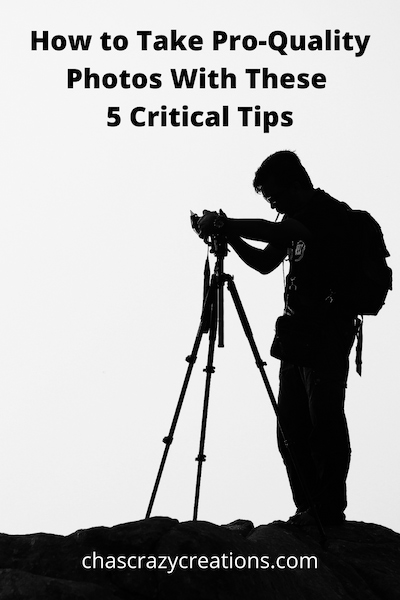
Shop any of these stores and I receive a small commission at no cost to you.
 Canon EOS Rebel T7 DSLR Cam...Shop on Amazon
Canon EOS Rebel T7 DSLR Cam...Shop on Amazon UBeesize 67” Camera Tripo...Shop on Amazon
UBeesize 67” Camera Tripo...Shop on Amazon National Geographic Complet...Shop on Amazon
National Geographic Complet...Shop on Amazon


